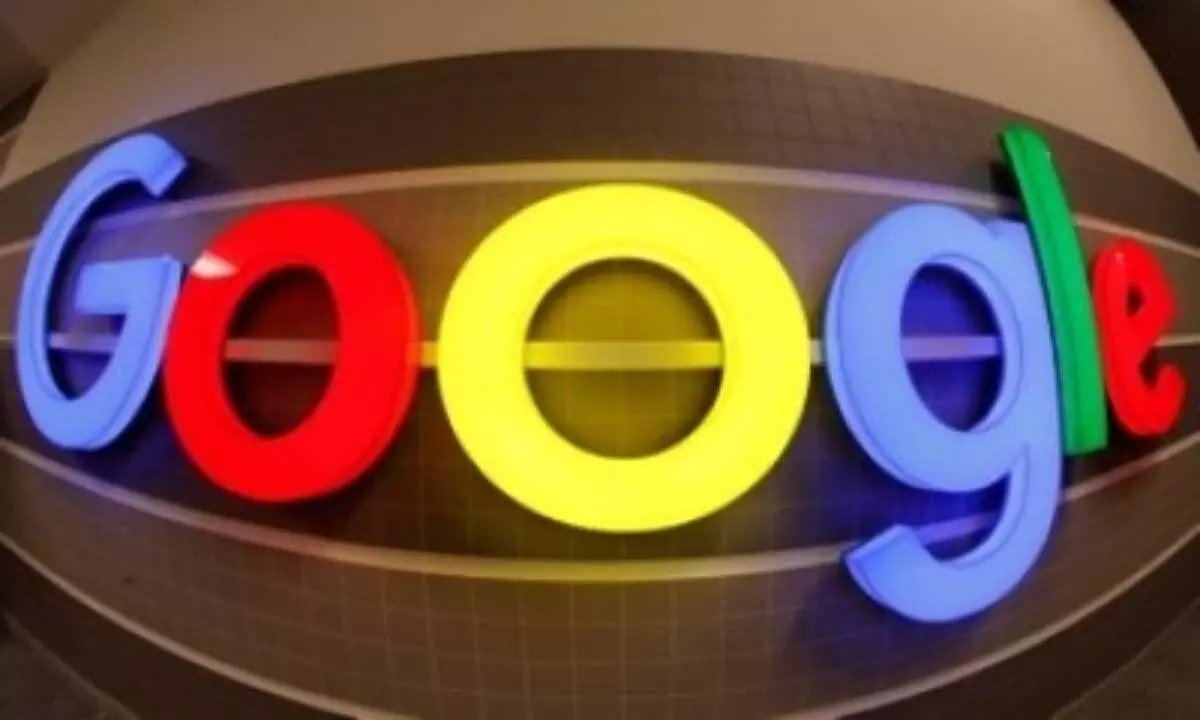Since its entry in 2004, Google has driven pace of tech change in India
Google India started with five employees in 2004 and since then, it has grown to be among the largest Google employee bases outside of the US.
image for illustrative purpose

New Delhi, Sep 30 Google India started with five employees in 2004 and since then, it has grown to be among the largest Google employee bases outside of the US.
As smartphones have brought millions more online, Indians have become some of the most enthusiastic Google users. Using products like Gmail, Translate and Android, India is second only to the US in total number of mobile 'Search' queries.
Search in 2003 started in English but the company quickly added Hindi, Bengali, Telugu, Marathi, Tamil and many other languages going forward.
India's digital transformation is at a tipping point and millions of connected Indians, affordable smartphones and data, record highs in digital payments, the digitisation of citizen services, and a vibrant startup ecosystem have put the technology sector on track to become the single largest contributor to the national economy.
With this in mind, Google introduced India-first innovations, worked to lower barriers to access, and invested in strengthening the strategic pillars of India’s digital economy through its $10 billion (approximately Rs 75,000 crore) India Digitisation Fund that was announced in 2020.
The company is investing the money in the country via a mix of equity investments, partnerships, and operational, infrastructure and ecosystem investments.
According to Alphabet and Google CEO Sundar Pichai, the pace of technological change in India has been extraordinary, and there’s so much opportunity still ahead.
“We’re helping to advance India’s digital future. That includes our efforts to build a single, unified AI model that will be capable of handling over 100 Indian languages across speech and text – part of our global effort to bring the world’s 1,000 most-spoken languages online, and to help people access knowledge and information in their preferred language,” Pichai said in December last year.
Google Pay has completed more than five years in India. At Google Pay, the company used advanced methods in our safety engine that analyze aggregate transaction patterns of millions of users, relating this to a graph of a billion nodes.
The company also introduced a useful new feature in Google Pay that makes it easier than ever to access transaction history.
In June, Google partnered with the National Payments Corporation of India (NPCI) to enable Aadhaar-based authentication for UPI activation to further ease the user onboarding process on Google Pay.
The unified payments interface (UPI)-based transactions reached 9.3 billion in June 2023 from 151 million in January 2018, primarily driven by the growth in Person-to-Merchant (P2M) transactions, according to Worldline’s ‘India Digital Payments Report for H1 2023’.
Three UPI apps were dominant in terms of volume and value; PhonePe, Google Pay and Paytm. In terms of transaction volume in June, the three apps accounted for 95.68 per cent of all transactions compared to 94.55 per cent a year before.
The technology giant this month launched an earthquake alert system in India that can help people with Android smartphones run to safety when the quake begins.
The system, introduced in consultation with the National Disaster Management Authority (NDMA) and the National Seismology Center (NSC) in India, uses sensors in Android smartphones to detect and estimate earthquakes.
Each Android smartphone is equipped with tiny accelerometers that can act as mini seismometers. When a phone is plugged in and charged, it can detect the very beginnings of earthquakes. Google will send two types of alerts: Be Aware and Take Action.
Google in August expanded its generative AI search experience in India and Japan, the first countries outside the US.
The new AI-powered search feature, dubbed SGE (Search Generative Experience), will be available through Google’s Search Labs in these markets and will introduce a new feature aimed at making it easier to find information in its AI-powered overviews.
In India, users will also find a language toggle to help multilingual speakers easily switch back and forth between English and Hindi, and they can also listen to the responses, which is a popular preference. In both countries, Search ads will continue to appear in dedicated ad slots throughout the page, the tech giant said.
In June this year, Pichai announced the company will open its global fintech operation centre at GIFT City in Gujarat.
After meeting Prime Minister Narendra Modi in the US, Pichai said the company will continue to invest in India through its $10 billion digitisation fund.
In December last year, Pichai visited India and pledged support for India's G20 Presidency.

